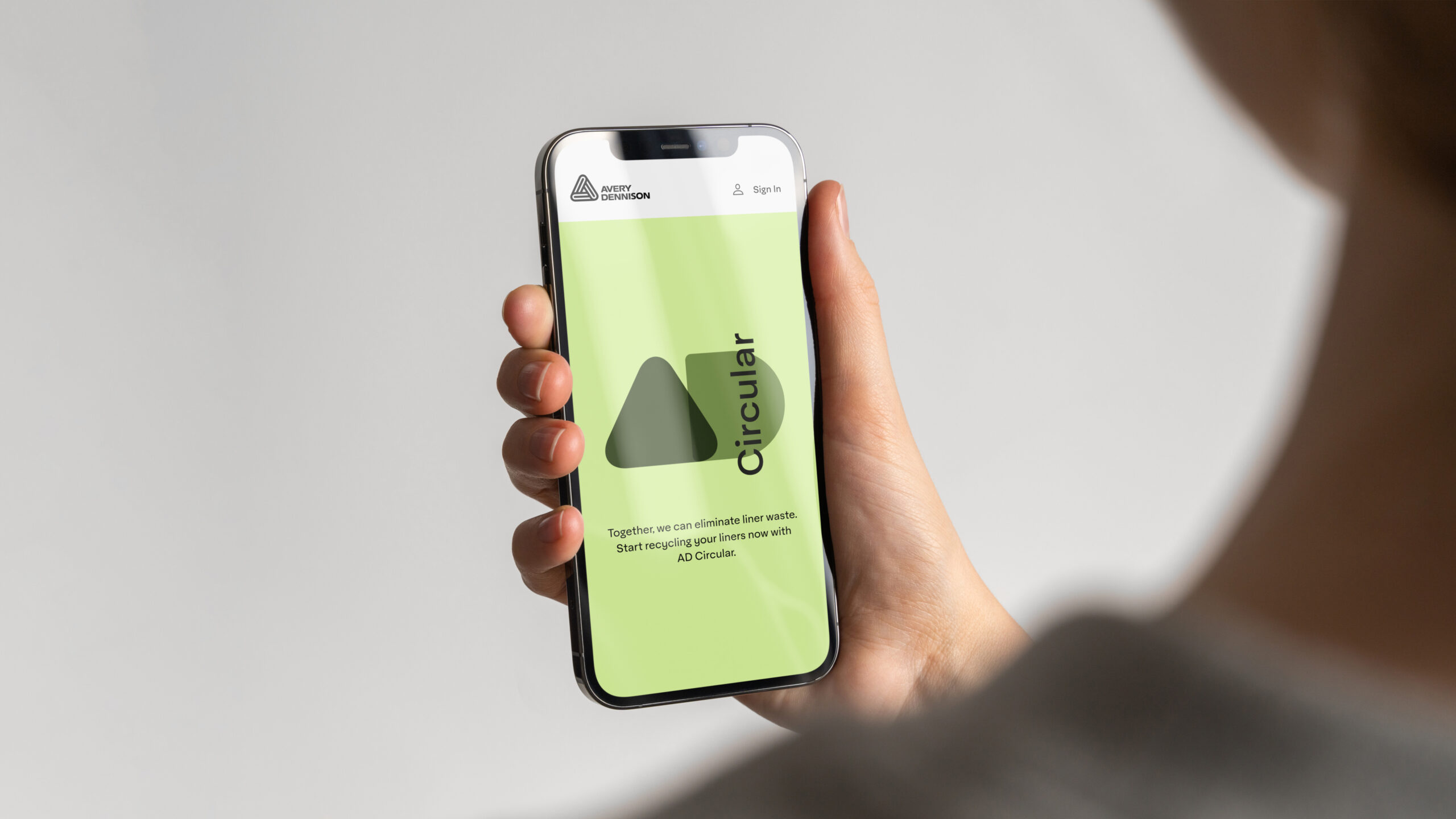Through the program, companies can simply use an online web application to schedule a pickup of used label liners by Avery Dennison to one of its recycling partners. The web app also provides useful data in the form of regularly updated analytics and certificates on the amount of recycled liner material, the amount of CO2 emissions they’ve avoided as a result, and more.
Collection and transport of used liners through AD Circular will comply with EU regulations, and the costs will be comparable to existing waste disposal services.
“Companies in Europe consumed some 470 kilotons of label liners in 2019, yet just over a third were recycled,” noted Burak Sahbaz, senior director marketing & sustainability, citing statistics from AWA, a label industry consulting firm. “Landfilling or incinerating that many liners, and using all that material only once, is not environmentally sustainable, and runs contrary to consumer expectations and the spirit of European regulations establishing a circular economy. By working in collaboration with recyclers, our peer companies, and the brands that use our materials, we believe AD Circular is a big step forward in reducing and eventually eliminating label waste.”
AD Circular will launch in eight countries during the first half of 2021, including France, Spain, Belgium, Poland, Denmark, Sweden, Germany, and the United Kingdom. The program will then launch in other European countries in the latter half of the year. Mr. Sahbaz said the program’s ultimate goal is by 2025 to recycle 75% of the label waste Avery Dennnison brings to the European market. Recycling 1 kilogram of liner avoids the emission of 2.28 kilograms of carbon dioxide, he noted.
Material made from recycled liners will be used in new packaging materials and other qualitative products. Avery Dennison’s vision is to eventually facilitate liner-to-liner recycling.
A step toward circularity – and greater industry collaboration
AD Circular is Avery Dennison’s latest effort to offer products and services that help establish a circular economy—an economy that, through the widespread adoption of recycling and the use of recycled content, eliminates one-time use of raw materials and instead keeps extracted materials circulating, thereby reducing pollution and waste, curtailing consumption of natural resources, and stemming greenhouse gas emissions.
“As a company, we’re not content to simply reduce our own impact,” said Mr. Sahbaz. “We’re looking at regenerative practices—ways that we can apply what we do well to make whole systems better, from the label industry to communities to the environment. We’re proud to not only be making innovative contributions to the circular economy, but, as a founding member of the Circular Economy for Labels (CELAB) consortium, to also be organizing collaboration among other companies to bring that economy to life faster. AD Circular is an example of how, working together, we can meet the challenge of reducing label waste.”
“Brand blind” recycling, cost parity, and ease of use
AD Circular improves upon existing liner-recycling services, processing liners regardless of who made them or where they were purchased.
“The goal isn’t only to get our own materials out of the waste stream,” said Mr. Sahbaz. “Our vision is to solve this problem for the labelling industry, period, by setting up a thriving, wide-reaching, recycling system that one day will provide complete liner-to-liner recycling”.
Providing the service at comparable costs as existing waste disposal schemes is key to AD Circular, he said. So is ease of use.
“Companies, like consumers, recycle when it’s easy and affordable. So we’ve made it as easy and cost-effective as possible. Companies use our web-based app to schedule a pickup whenever they’re ready, and we will handle everything else—pickup, transport, recycling, and all the paperwork and regulatory compliance.” As a value-added service, the app also tracks the amount of liners each user recycles, CO2 emissions avoided as a result, and more, said Mr. Sahbaz. Users can use the data to measure progress against their sustainability goals and inform their sustainability reporting and communications.






